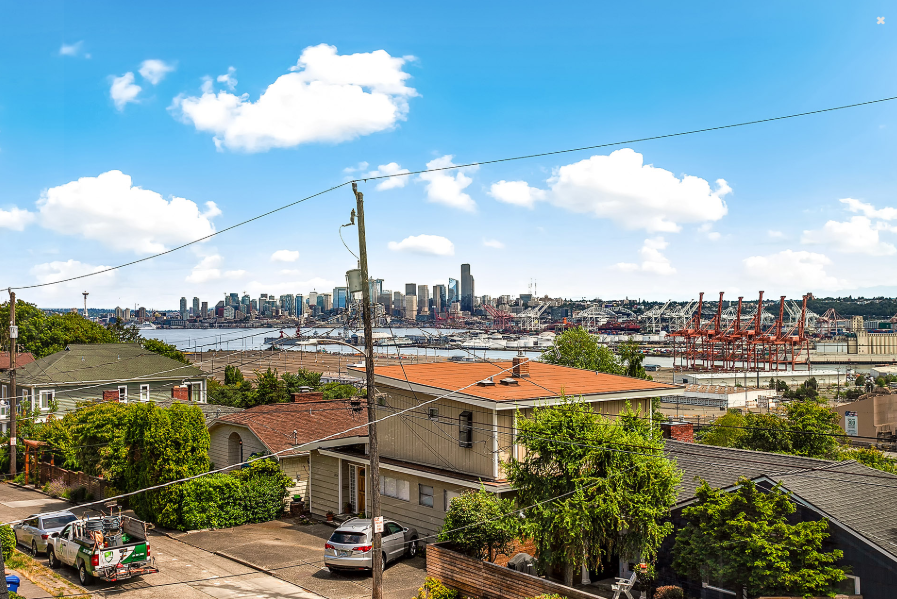Evaluating an image could be subjective depending upon the purpose it could serve. Every viewer might have different tastes in terms of the aesthetic qualities of a photograph, closely looking for perfection with the advent of high-end camera devices and user-friendly digital image-editing software like Photoshop, Lightroom, Snapseed, and the likes.
Real Estate Photography is a growing industry which underscores tough and notable competitions among sellers and buyers. It stimulates property marketing and promotion as well as services. Since competition is tough, there is a great need for you to be able to produce quality products and you must know how to break boarders and limits to win the heart of the buyers.
In doing so, you must equip yourself with the incomparable skills in photography and update and discern your skills in digital image-editing software to fare with the growing real estate photography industry. These are some of the keys for you to be able to achieve a good product in the field of real estate photography.
Distinguishing a good photograph considering some terms and conditions, some standards and expectations, and some set of principles and rules necessary in the field of photography is a challenge in the decisive mind of the viewer.
How do you classify real estate photography as a good one? How do you ensure its marketability to improve your listing in the field of real estate photography? How do you sustain a quality and embrace a larger demand of it?
Here are some of real estate photograph qualities that must be present to consider it good.
Take note of them and make your output better than ever.
1. Expressive. The picture is an illumination of the real condition of the property. It has various layers and deep well-set structures that create impact and impression to the buyers.
2. Suitable. A good real estate photograph frames its subject, allowing only necessary objects that will create tone and color in the entire image. No unwanted objects or distractions are included which could affect the form of the place.
3. Well-staged. The entire place was prepared before the shot, evidently shown by the image containing a great background, well-placed furniture and things, and properly arranged pictures and objects.
4. Vocal. Spaces, shapes, figures, and structures provide the viewer a relaxing sight where lines meet perfectly against each other. Every single detail are put into account. Doors, ceilings, windows, floor, and other architectural designs are shown to the buyers. These add value to the property where beauty and quality are given utmost importance.
5. Clear and Concise. Every single and small detail matters. The clarity of the image must be vividly shown and that there must not be blurry areas in the photograph. View of the street must be minimized in exterior images. Focus on the property being sold so that the buyer will not seek for more.
6. Natural. The photograph does not offer an artificial or unrealistic representation of the property. Only real and tangible objects are shown in the picture. Also, the use of natural light creates a positive and happy feeling to the buyers.
7. Furnished but not over-decorated. It shows a well-furnished property but does not tolerate over decorations.
8. Weather-friendly. Rain, wind, fog, snow, sunlight and others can make or break the picture. The photograph shows a good quality if it was not broken or affected negatively by any of the mentioned natural circumstances.
9. Colorful. Range of colors give life in real estate photography. A good real estate photograph makes use of vibrant artworks or objects that carry and blast away the buyer’s attention.
10. Avoids Distortion. Sometimes this happens because of the lens of the camera that was used. It affects some vertical lines and makes it bend or lean backward. A good real estate photograph does not have distorted lines. It has well-shot lines that give the human eye an experience of the real features of the room.
11. Optimized Angles. The picture provides the viewer different yet constantly correct and amazing angles from any direction. It creates various perspectives through a single shot. The picture must have captured space, not stuff.
12. Includes Warm Colors. Emotions are elicited in a picture through colors. A vibrant color means happy while a dull means gloomy. In real estate photography, warm colors must be used to establish comfort to the buyers. It is not only vibrancy that must be taken into consideration but also warmth so that everything is in place.
13. Tells lifestyle. A good real estate photography demonstrates a lifestyle. This can be revealed by de-cluttering or adding objects suitable to the property you are selling. It must highlight not only the property’s feature but also the personality of the seller which are interesting and inviting.
